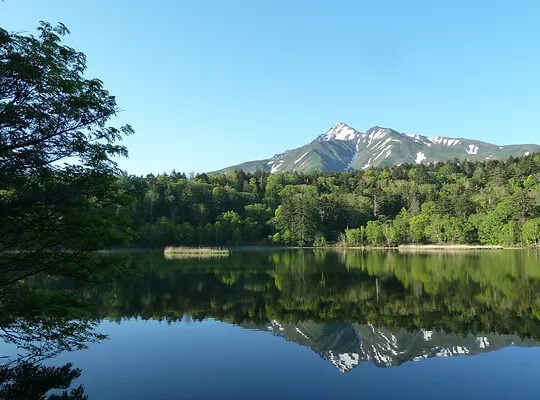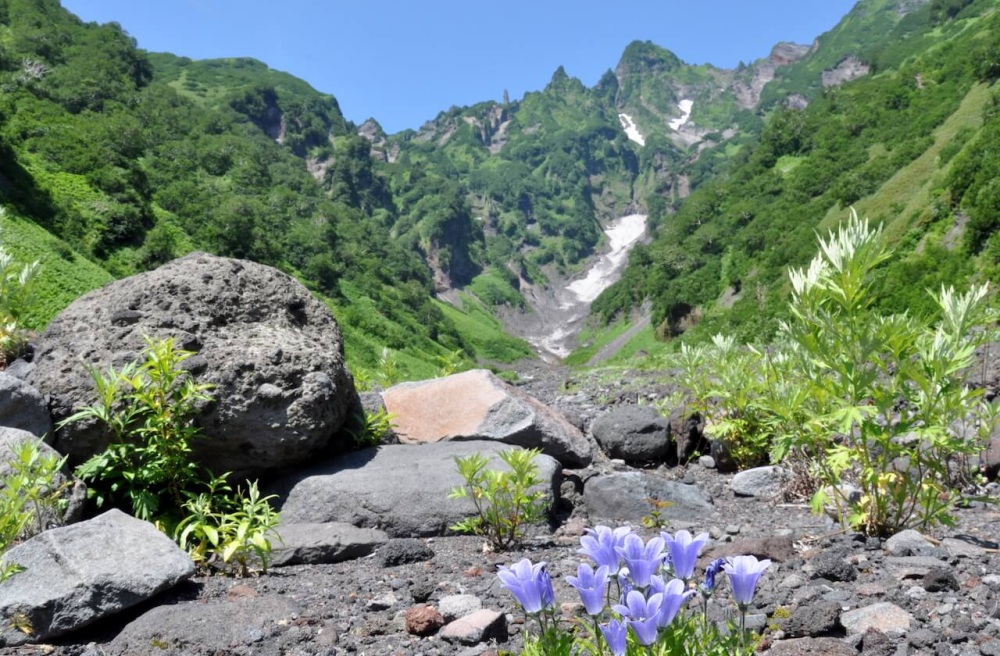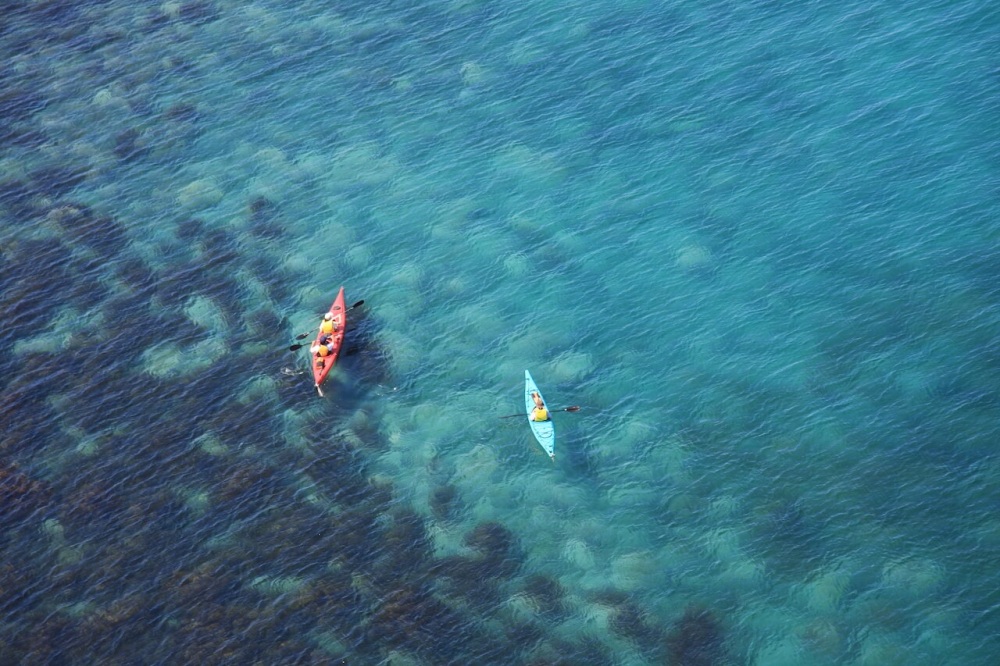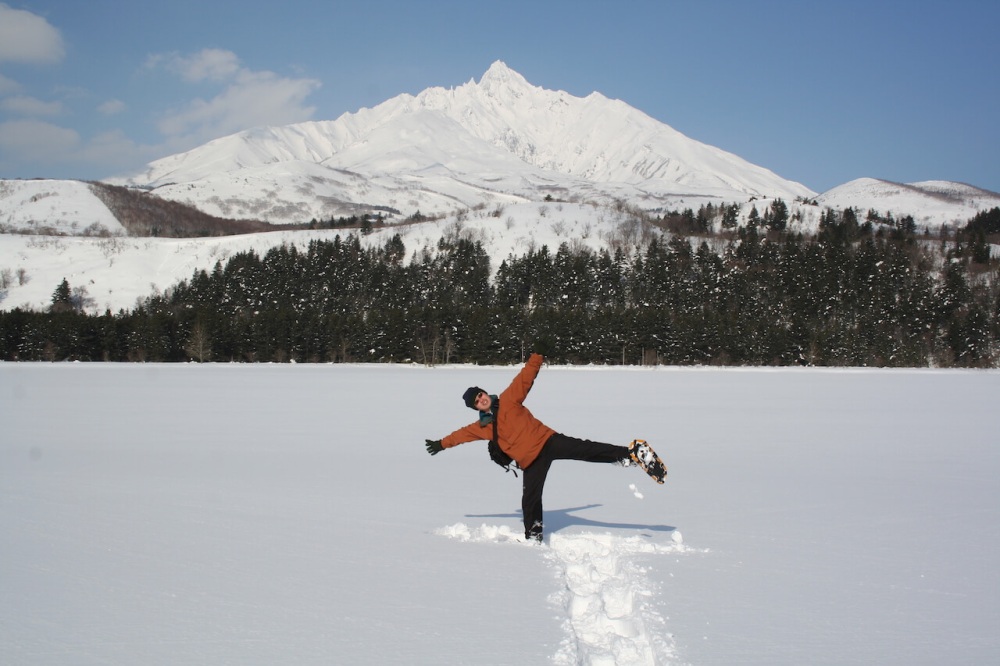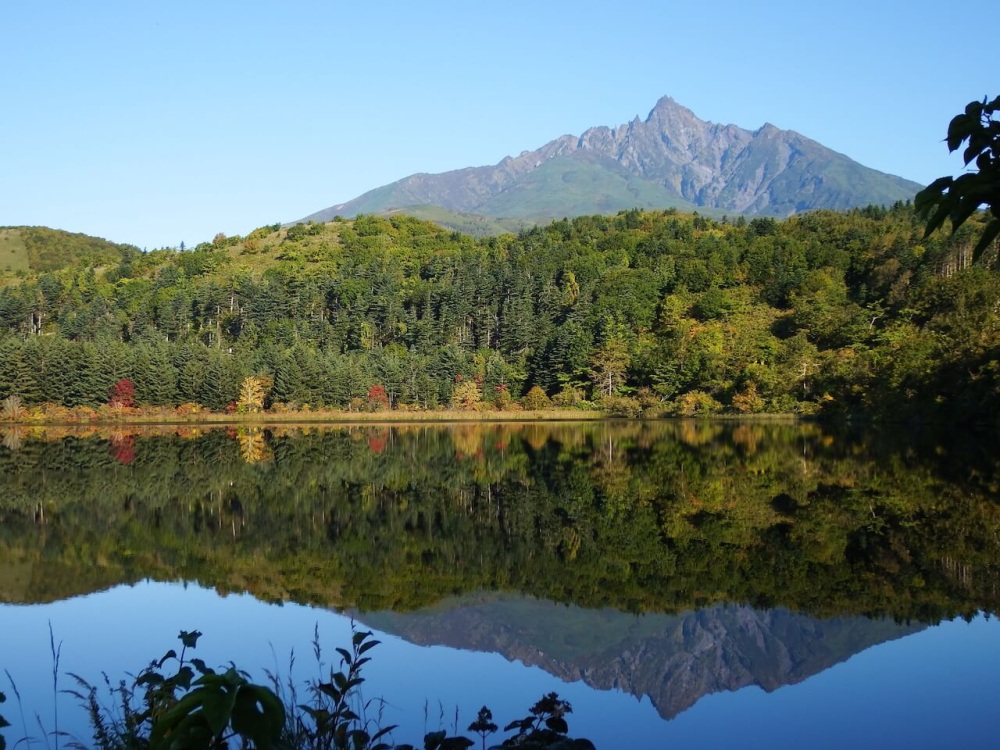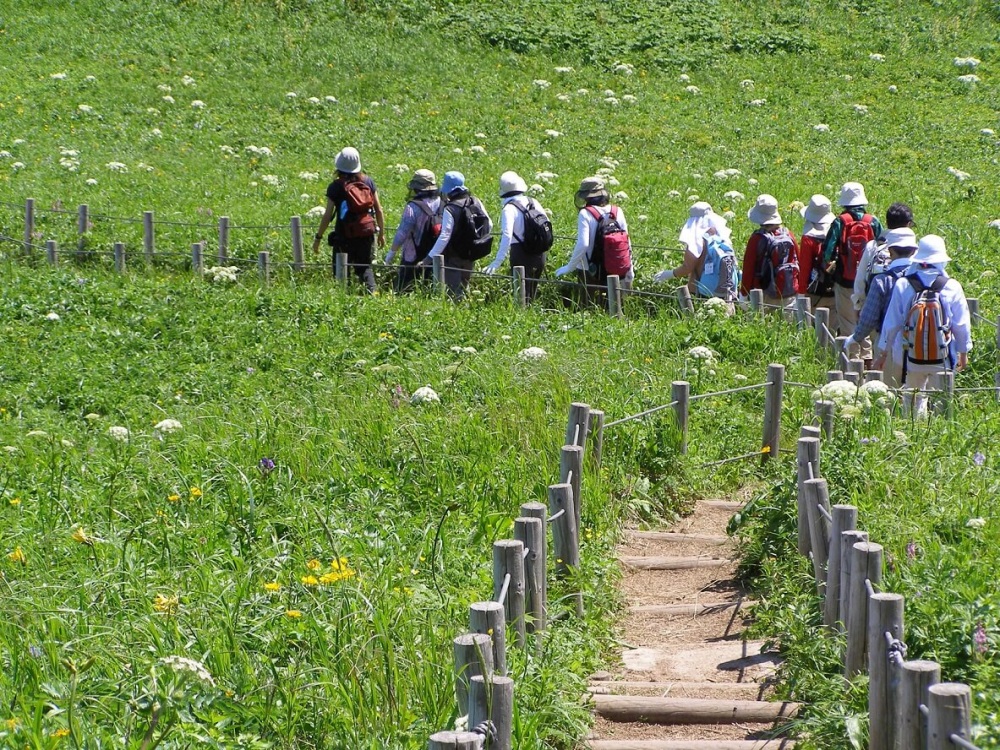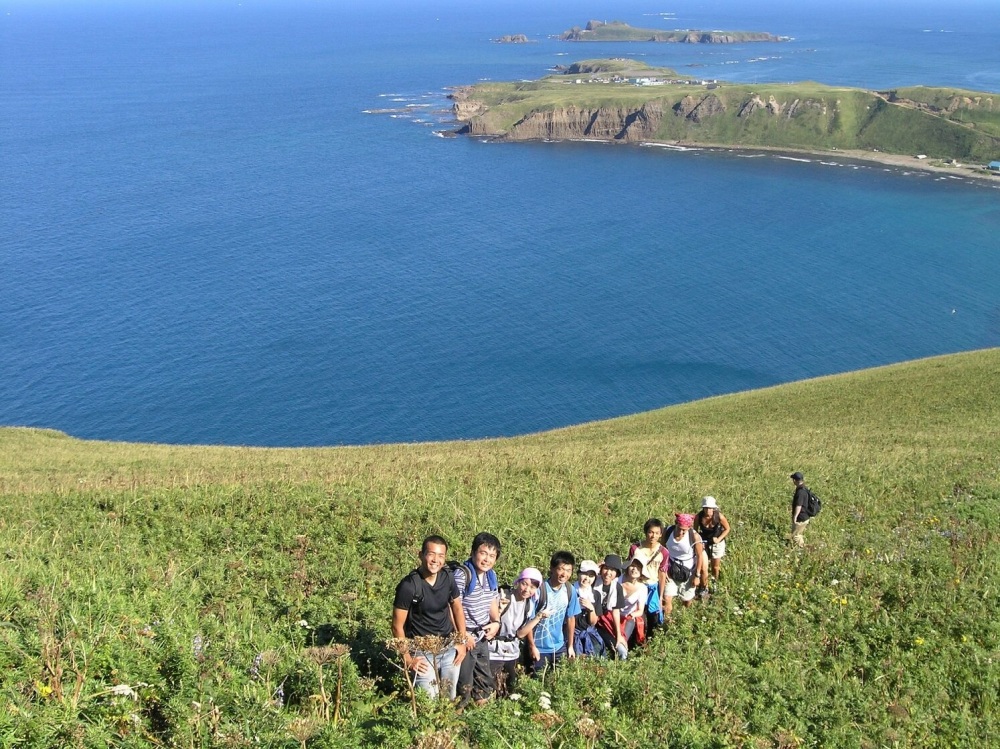Rishiri and Rebun; Tiny Islands where You can Indulge Yourself in Pristine Nature
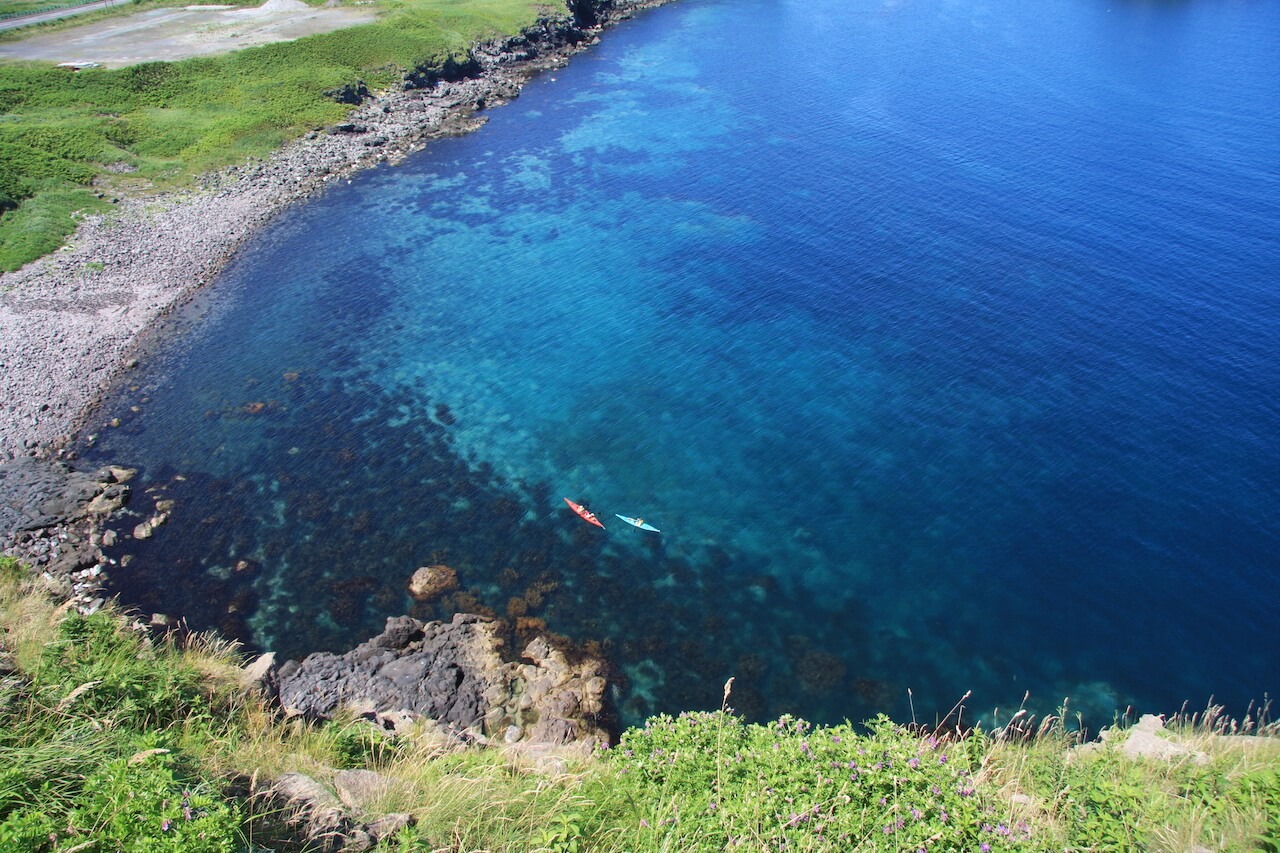
Rishiri-Rebun-Sarobetsu National Park is the northernmost national park in Japan. Mountains, wetlands, sand dunes, and other spectacular natural features are spread out in the area centering on Rishiri Island. Mt. Rishiri, which rises in the center of Rishiri Island like Mt. Fuji, is Japan's northernmost 100-meter-high mountain. With more than 300 species of alpine plants, Rebun Island is known as the “floating island of flowers,” and in May a variety of flowers begin to bloom. Visitors can enjoy trekking while viewing alpine flora that cannot be seen at lower elevations.
From Wakkanai Airport to Wakkanai Port is a 30-minute bus ride, and from there the island can be accessed by ferry. It takes about 2 hours to Kafuka Port on Rebun Island, and about 1 hour and 40 minutes to Oshidomari Port on Rishiri Island. Temperatures on the island are cool, and a light jacket is essential even in summer. Especially in January and February, temperatures can drop below minus 10 degrees Celsius, so be sure to bring warm clothing such as down jackets, scarves, and snow shoes.
- * Please note that the text shown on this page includes machine translations.
Rishiri Rebun Guide Net.
Hime-numa, surrounded by virgin forest at the foot of Mt. Rishiri, and a 1-hour hiking tour that takes visitors slowly along a wooden path approximately 800 meters in circumference. It is a famous bird-watching point on the island, and visitors can enjoy the changing seasonal scenery of lingering snow, fresh greenery, flowers, and autumn leaves, and on fine days, “upside-down Ezo Fuji” can be seen, with the mountains reflected upside down on the surface of the water. The period is from mid-May to late September, and since there is almost no difference in elevation, anyone can join in.
Rishiri Hana Guide Club
The most popular “Rishiri Island Hiking Plan” takes you on one of three courses, “Ganro Sensui,” “Hime-numa,” or “Minamihama Marsh,” recommended by the guide according to the season's flower season and the day's weather. The “Early Morning Guided Tour Plan,” available from late April to late September, is recommended by our staff for guests staying in the Oshidomari area to spend a refreshing time before breakfast at Hime-numa. The clear air in the early morning may be the best treat on the island.
Rishiri Nature Guide Service
The Rishiri Island Sea Kayak Tour, available from July to September, is a popular tour that offers a relaxing cruise in the clear waters of Rishiri Island. The guide will give you advice on how to paddle the kayak, so beginners will not have to worry. From the low vantage point of the kayak, you can see kelp and sea urchins in the sea and encounter seabirds and wild animals such as seals and sea lions.
Rishiri Shima Guide Center
“Otatomari Pond” is one of the most popular tourist spots on Rishiri Island. The beautiful blue surface of the lake is covered with ice in winter. Let's go snowshoe hiking with a guide across the iced over Otatomari-numa to the fantastic “Mikazukinuma Pond,” which is only accessible in winter. After enjoying the winter-only scenery, you can also enjoy the hot springs.
Rebun Hana Guide Club
During the brief summer, from May to September, Rebun Island is awash with approximately 300 different kinds of flowers. Famous among them is the beautiful white indigenous species, the Rebun lady’s slipper orchid.
From the natural flower fields of Rebun Island, the tour will take you to the best course of the day according to the weather and blooming conditions. It is also nice to know that you can rent an earphone guide to listen to the explanation!
Rebun Island Nature Guide
We recommend the “Cape Tour Guide” course that takes you to the three major capes of Rebun Island: “Cape Scoton”, the northernmost point of Japan, “Cape Gorota”, which can only be reached on foot, and “Cape Clear Sea”, which overlooks the cobalt blue sea. Let's go and see flowers that can only be seen on Rebun Island, such as the Furosho and Rebun shiogama. There are many ups and downs, so please make sure to wear comfortable trekking shoes, rain gear and a hat when participating in this tour!
- Wakkanai Airport
- Rishiri Rebun Guide Net.
- Rishiri Hana Guide Club
- Rishiri Nature Guide Service
- Rishiri Shima Guide Center
- Rebun Hana Guide Club
- Rebun Island Nature Guide
*Google Maps is published here using a free quota with limited display counts. Please note that there may be periods when it cannot be viewed due to the circumstances. Your kind understanding is appreciated.
Ranking of popular articles
- Hokkaido Summer Travel Guide
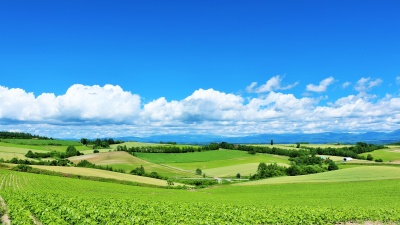
- https://www.visit-hokkaido.jp/en/feature/travelguide_summer
- Hokkaido Spring Travel Guide
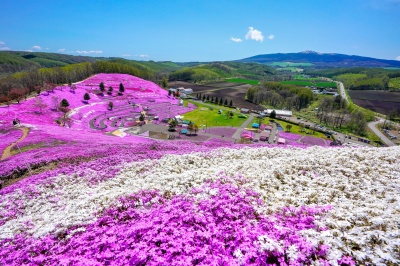
- https://www.visit-hokkaido.jp/en/feature/travelguide_spring
- When is the best time to see lavender? Recommended Lavender Spots in Hokkaido
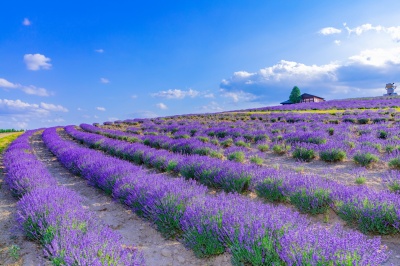
- https://www.visit-hokkaido.jp/en/feature/lavender
- Here are the recommended cherry blossom viewing spots!
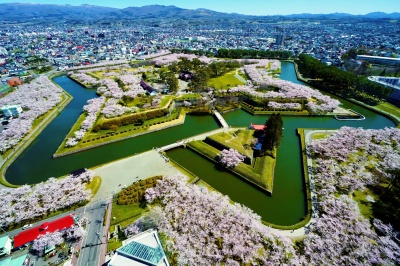
- https://www.visit-hokkaido.jp/en/feature/sakura
- 4 spots to observe red-crowned cranes
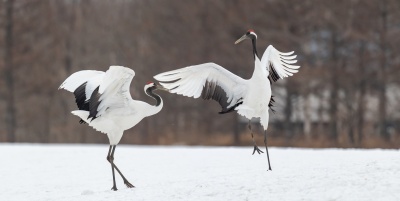
- https://www.visit-hokkaido.jp/en/feature/tancho
